What if employees could use the devices, applications, and digital workspaces they are most familiar with, without compromising productivity or security?
This question is becoming central for organizations worldwide as flexible work trends like BYOD, BYOA, and BYOW gain traction. Over 80% of companies now allow personal devices for work purposes, reflecting the rapid shift toward employee-owned technology.
Additionally, BYOA enables employees to select the applications they prefer, from project management tools to cloud storage, while BYOW allows customized digital workspaces that match individual workflow preferences.
These trends improve efficiency, collaboration, and employee satisfaction, yet they also raise critical questions for IT and management teams regarding data security, compliance, and integration.
Furthermore, organizations that strategically implement these flexible models often report faster task completion and enhanced team collaboration.
In this blog, we will learn about core concepts and the opportunities and challenges of BYOD, BYOA, and BYOW, providing actionable insights for modern workplaces.
To make these concepts clearer, the following visual provides a quick overview of how BYOD, BYOA, and BYOW work and interact in a modern workplace.
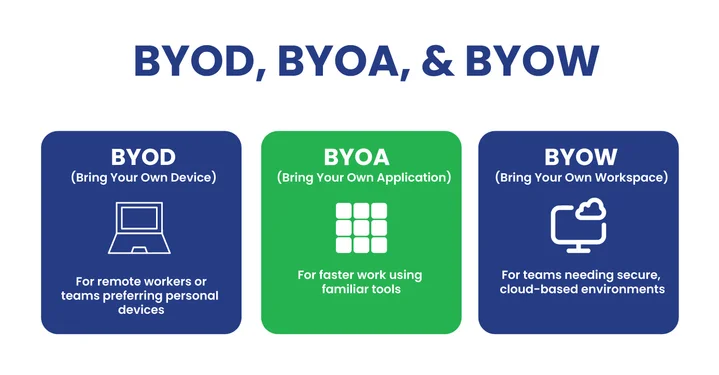
Table of Contents
Now, let’s get into the details!
What Does BYOD Mean In The Workplace?
Bring Your Own Device (BYOD) refers to the policy where employees use their personal devices (such as smartphones, laptops, or tablets) for work purposes instead of relying solely on company-provided hardware.
This trend has become increasingly relevant in modern workplaces due to the rise of remote and hybrid work, cloud-based applications, and employees’ preference for flexibility.
BYOD not only reduces the need for organizations to invest heavily in hardware but also empowers employees to work on devices they are most comfortable with, which can enhance productivity and satisfaction.
As promising as this model sounds, it is important to look at both sides of the picture. Let’s explore the key opportunities and challenges that BYOD brings for organizations and employees.
What Does BYOA Mean And Why Does It Matter?
BYOA stands for “Bring Your Own Application.” It’s a workplace trend where employees use personal or third-party apps (like Slack, Google Drive, WhatsApp, Trello, or Dropbox) for professional tasks instead of relying solely on company-approved software.
These personal apps are often faster, easier, and more intuitive than traditional tools. Employees naturally gravitate toward what lets them get work done smoothly, even if IT teams aren’t exactly thrilled.
Why does this matter?
BYOA directly shapes how modern workplaces function. On the positive side, it can boost productivity and make collaboration smoother, as people are already comfortable with the chosen apps.
However, BYOA also brings challenges, including data security risks, regulatory compliance concerns, and IT oversight difficulties.
What Does BYOW Mean And How Does It Impact Productivity?
BYOW, or “Bring Your Own Workspace,” allows employees to use their preferred digital workspace, whether it’s a cloud desktop, virtual machine, or customized productivity setup.
This flexibility enables individuals to work in an environment they are most comfortable with, thereby improving efficiency and overall well-being.
However, giving employees the freedom to choose their workspace comes with challenges. Companies must ensure that these personal setups meet security standards, comply with regulations, and integrate smoothly with existing systems. Without proper oversight, sensitive data could be at risk.
Despite these concerns, BYOW can significantly boost productivity and satisfaction when implemented with clear guidelines. An organization can reap the benefits of BYOW while maintaining operational safety and compliance by establishing policies for secure access, authorized tools, and frequent monitoring.
Want to make BYOD, BYOA, and BYOW work effortlessly for your organization without risking data?
What Opportunities Do BYOA, BYOD, and BYOW Offer for Organizations and Employees?
The use of cloud solutions, devices, and applications by employees is becoming increasingly common in modern workplaces. Concepts like BYOA, BYOD, and BYOW are gaining popularity because they give employees the freedom to work in ways that suit them best. This improves collaboration, engagement, and overall satisfaction.
Here’s a comparison of the opportunities each concept brings:
| Opportunities | BYOA (Bring Your Own Application) | BYOD (Bring Your Own Device) | BYOW (Bring Your Own Workspace) |
|---|---|---|---|
| Flexibility | Employees can choose apps they’re comfortable with | Employees use devices they prefer | Individuals set up their own digital/remote workspace for comfort and efficiency |
| Productivity | Faster workflows using familiar apps | Work can continue across multiple devices seamlessly | Personalized workspace setup helps employees stay focused and efficient |
| Collaboration | Easier sharing and communication with apps like Slack and Trello | Mobility allows real-time collaboration anywhere | Virtual workspaces enable smooth remote and hybrid team collaboration |
| Cost Efficiency | Less reliance on company software licenses | Reduced need for company-provided hardware | Savings on office infrastructure when employees design their own work setups |
| Employee Satisfaction | People feel empowered using tools they prefer | Comfort with personal devices improves morale | Autonomy to create a workspace aligned with personal style increases engagement |
Organizations can balance operational efficiency, employee satisfaction, and productivity by knowing these opportunities and choosing flexible approaches wisely. With Legacy Software Modernization Services, companies can adapt legacy systems to support BYOD, BYOA, and BYOW without security or compliance risks.
What Challenges Arise When Using BYOA, BYOD, and BYOW (And How Companies Can Address Them)?
As organizations embrace flexible technology policies, employees increasingly use their own applications, devices, and cloud services for work. Although this method increases productivity and convenience, it also presents a number of difficulties, including security threats, issues with compliance, and difficulties with IT management.
To gain a better understanding of the main challenges that each model presents, examine the comparison that follows:
| Challenges | BYOA (Bring Your Own Application) | BYOD (Bring Your Own Device) | BYOW (Bring Your Own Workspace) |
|---|---|---|---|
| Data Security | Employee apps may lack strong security. | Personal devices may be unprotected. | Personal workspace setups may not meet enterprise security standards. |
| Compliance Issues | Hard to meet regulations with unapproved apps. | Devices may not follow company rules. | Workspaces outside the office may not align with compliance requirements. |
| IT Oversight | Difficult to track app usage and data flow. | Managing many devices is challenging. | IT teams struggle to monitor remote or custom workspace environments. |
| Integration Problems | Apps may not integrate with company software. | Device/software differences cause issues. | Remote setups may lack seamless integration with company systems and tools. |
| Accountability Challenges | Hard to trace who accessed or changed data. | Shared devices make tracking difficult. | Decentralized workspaces make it harder to audit activity or enforce accountability. |
How Can Companies Address These Challenges?
To effectively manage the risks of BYOA, BYOD, and BYOW, companies should develop clear usage policies, approve only secure apps and devices, and deploy tools such as mobile device management (MDM), VPNs, and data-loss prevention.
Beyond that, regular employee training, ongoing compliance checks, and centralized monitoring help IT teams maintain visibility and control without sacrificing the flexibility these models provide.
Also, organizations can make sure that flexibility doesn’t jeopardize security or compliance by carefully assessing these issues and implementing robust security measures and IT-governance frameworks.
How Will BYOD, BYOA, and BYOW Shape the Future of Hybrid & Remote Work?
The workplace is evolving rapidly, and flexible technology practices like Bring Your Own Device (BYOD), Bring Your Own Application (BYOA), and Bring Your Own Workspace (BYOW) are no longer niche policies.
Today, over 95% of organizations allow some form of personal device usage in the workplace, reflecting how mainstream these approaches have become. As remote and hybrid work models continue to grow, employees increasingly rely on their preferred devices, applications, and digital workspaces to maintain productivity and comfort.
Major trends shaping the future of these workplaces include:
- Advanced Security Frameworks: Zero-trust and AI-driven security solutions will allow employees to use personal tools while keeping sensitive company data protected.
- Seamless Integration: Devices, apps, and cloud services will increasingly work together, reducing compatibility issues and streamlining workflows.
- AI and Automation: Intelligent assistants and automated processes will enhance employee efficiency across custom work environments.
- Employee-Centric Workspaces: Organizations will focus on creating flexible, personalized digital workspaces that drive engagement and satisfaction.
These developments indicate that flexible technology policies are no longer optional because they are becoming a cornerstone of modern workplaces. Companies that strategically implement BYOD, BYOA, and BYOW while maintaining clear security and compliance guidelines will gain a competitive advantage, improve collaboration, and boost employee morale.
Preparing for the future:
- Establish forward-thinking policies that balance flexibility with security.
- Invest in platforms that support seamless integration across devices and apps. Our Cloud Migration Services ensure that applications, devices, and digital workspaces connect securely within modern cloud environments.
- Train employees on safe usage practices and compliance requirements.
- Regularly review technology trends to stay ahead of evolving workplace needs.
Organizations can embrace the future of BYOD, BYOA, and BYOW with confidence by implementing these measures, which will change teamwork while protecting vital company data.
Final Thoughts: Balancing Flexibility, Security & Productivity in BYOD, BYOA & BYOW
Successfully adopting BYOD, BYOA, and BYOW requires more than simply letting employees use their preferred tools. It’s about striking the right balance between freedom and control.
When managed well, these approaches boost productivity, smooth collaboration, and elevate employee satisfaction by allowing staff to work with the devices, apps, and workspaces they know best.
At the same time, organizations face challenges such as security risks, compliance requirements, and IT management. Implementing secure and integrated cloud services can make these flexible setups safer and easier to manage without slowing down work.
In essence, employee empowerment, data security, and efficient workflows are all maintained with the correct infrastructure and planning, resulting in a modern, flexible, and future-ready workplace.
Frequently Asked Questions (FAQs)
2. What are the Main Benefits of BYOD, BYOA, And BYOW for Organizations?
They improve productivity, cut hardware/software costs, and boost employee satisfaction. BYOD lets staff work on familiar devices, BYOA streamlines tasks with preferred apps, and BYOW supports flexible remote or hybrid work setups.
3. How can Companies Manage the Security Risks of BYOD, BYOA, and BYOW?
Organizations can reduce risks by creating clear policies, using secure cloud and DevOps solutions, applying zero-trust security frameworks, and training employees on compliance best practices.
4. What policies should companies create to support BYOD, BYOA, and BYOW securely?
- Access control & authentication (multi-factor login, least-privilege access).
- Device and app approval lists with minimum security standards.
- Data protection measures like encryption, remote wipe, and containerization of work data.
- Employee training on safe usage and compliance requirements.
- Regular reviews to keep policies aligned with new threats and technologies.
These steps let employees use their own tools while keeping company data secure.
Need a secure way to manage BYOD, BYOA, and BYOW while boosting productivity? Clustox delivers zero-trust security and hybrid workplace protection across all devices and apps.

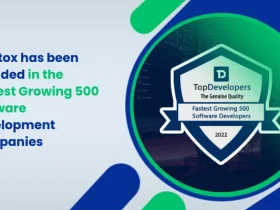
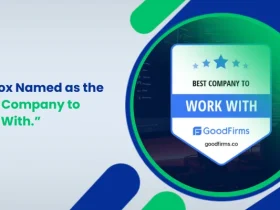

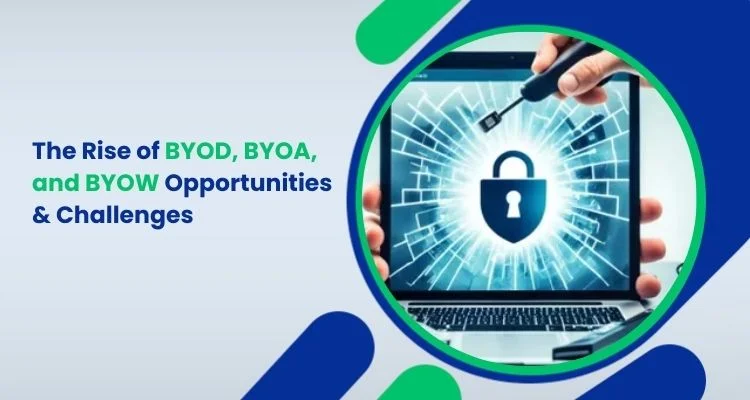
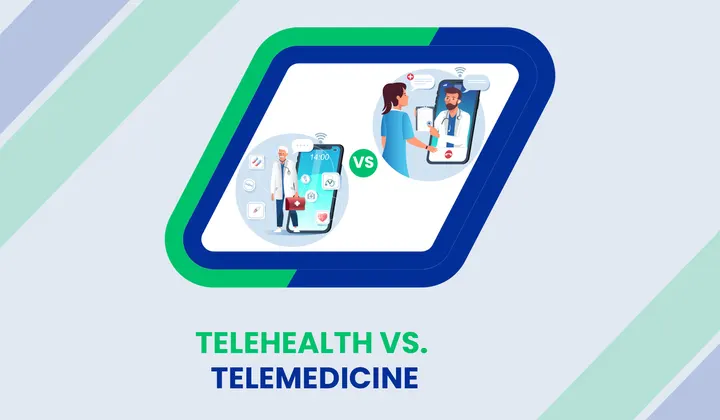
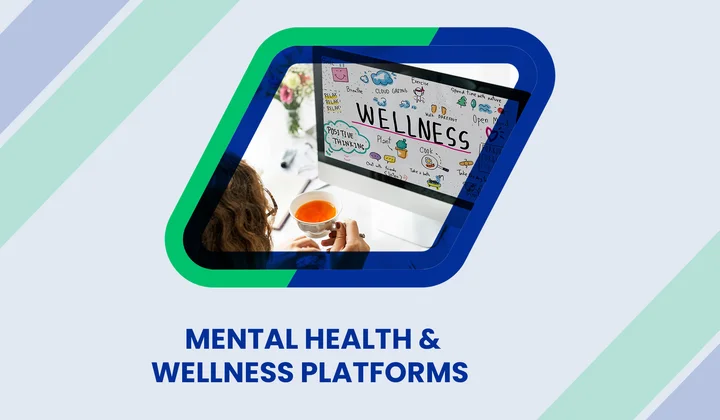
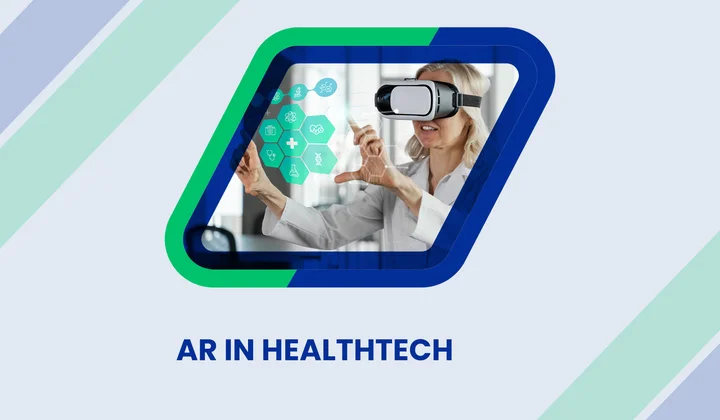
Share your thoughts about this blog!